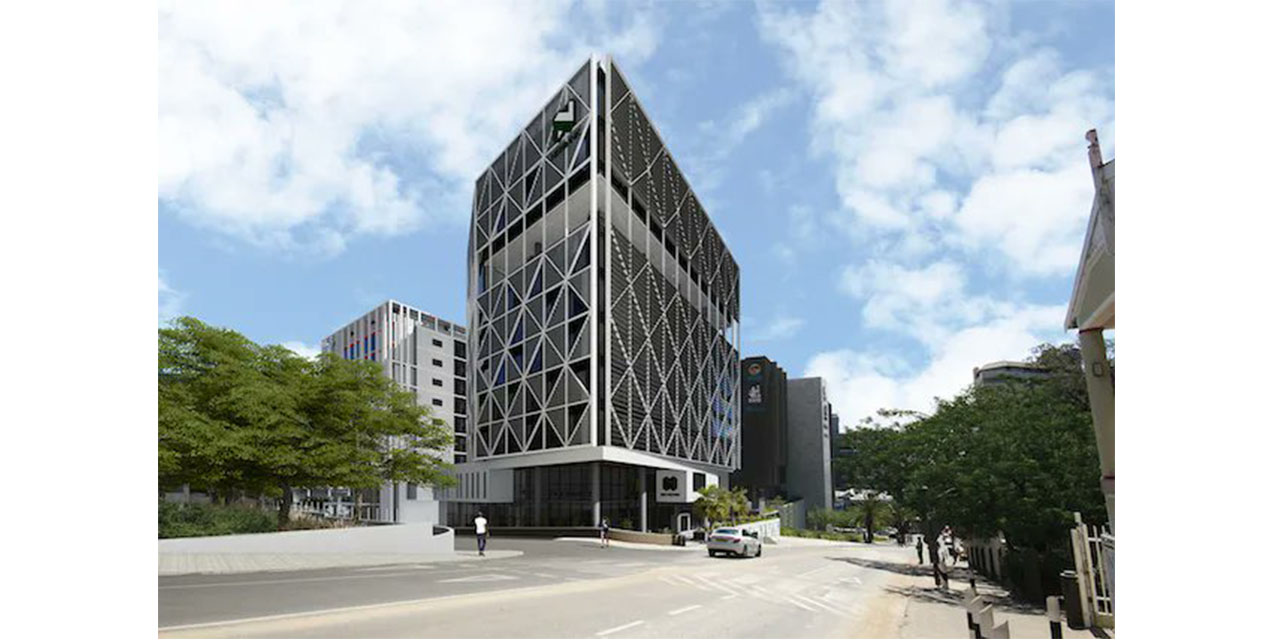Chamwe Kaira
NedNamibia Holdings (NNH) Group, the mother company of Nedbank Namibia expect the South African economy will expand by a lacklustre 0.3% in 2023, firming to only 1% in 2024. Namibia will fare better, but we still forecast economic growth to dip from 4.6% in 2022 to 3% in 2023 and 3.4% in 2024. This was revealed in interim results for the six months ended 30 June 2023.
The results showed that headline earnings increased to N$241 million from N$ 118 million in June 2022.
This increase was mainly attributed to the upward trend in the endowment benefits experienced over
the 12-month period as regulators worldwide continued their fight against inflationary pressures. Net Asset Value (NAV) for the group grew by 12% and the group reported a Return on Equity (ROE) of 13% at the end of June.
The South African Reserve Bank kept its repo rate at 8.5% in July after hiking from 7.25% at the start of 2023 but warned that it would tighten further if necessary. The Bank of Namibia has raised its policy interest rate to 7.75%, maintaining a hawkish stance as the risks to inflation remain elevated.
“Nedbank expects that interest rates have peaked in South Africa and Namibia. Easing inflation will prompt the central banks to keep their interest rates steady for the remainder of 2023 and start cutting in the first half of 2024 as inflation drops to the midpoint of the 3% to 6% target range and global interest rates begin to ease,” the company said.
The company said its loans and advances and deposit books remained stable year on year with both loans and advances and deposits to customers ending at N$10,3 billion and N$ 12,4 billion, respectively.
Nedbank announced that net interest income growth was driven by the increase in interest rates applied. Interest income increased by 46% and interest paid to customers increased by 64% compared to June 2022. Non-interest revenue increased by 8% compared to June 2022, mainly driven by an increase in client activity. Credit impairment charges increased by 12% compared to June 2022 owning to loans written off where there are no realistic prospects of recovery. Costs increased year on year by 3%, and the cost to income ratio decreased to 57% at the end of June, demonstrating its commitment to efficiency and innovation.




